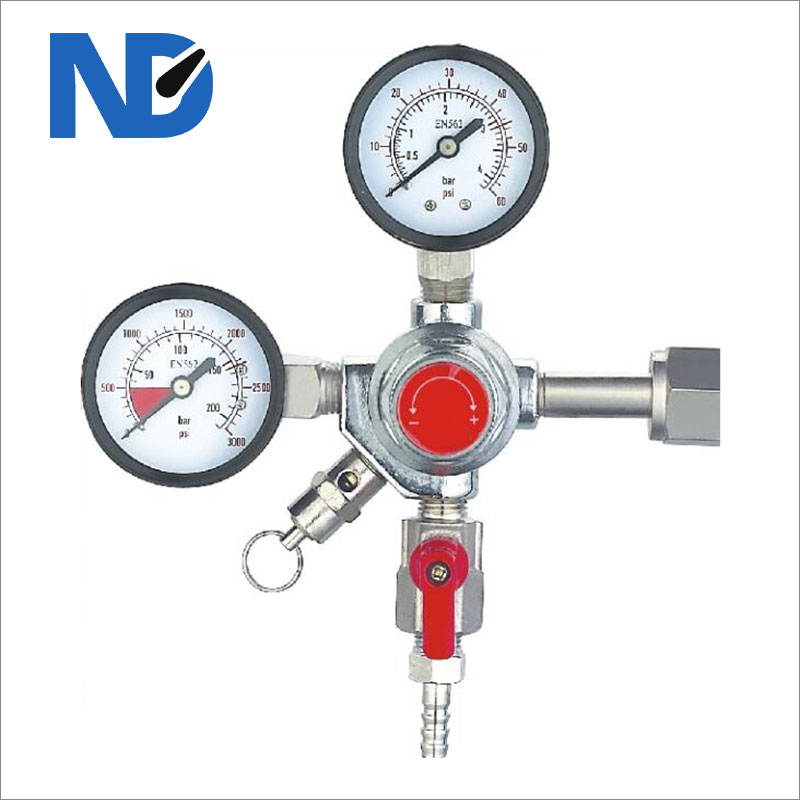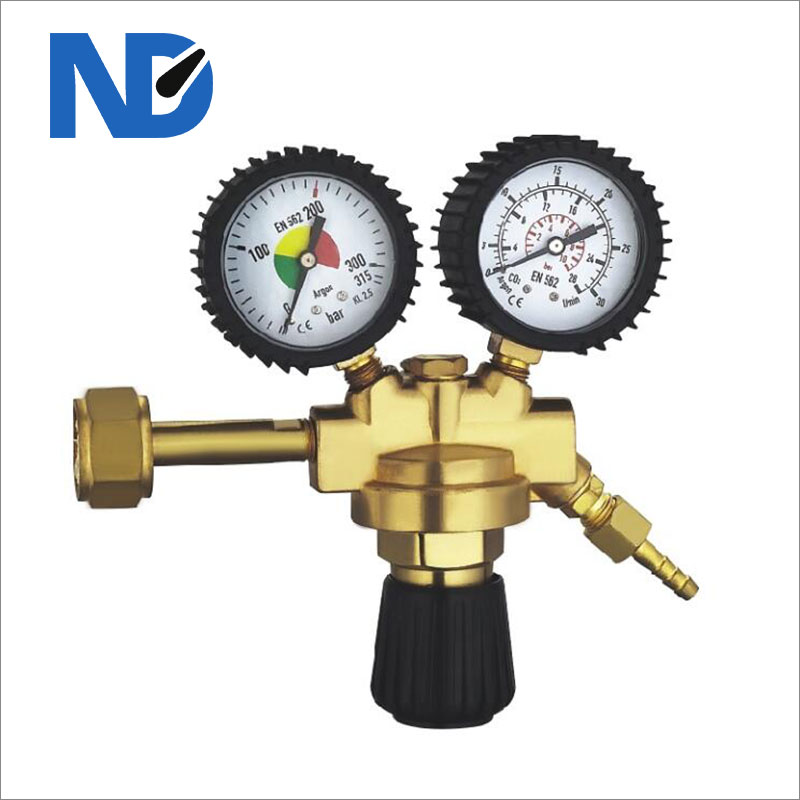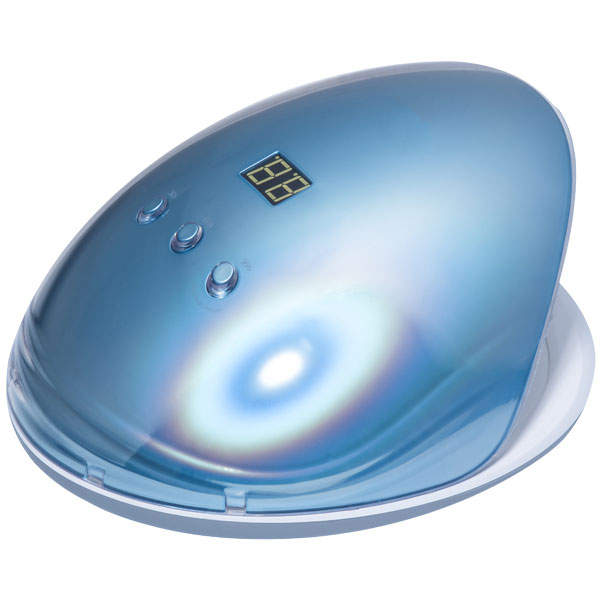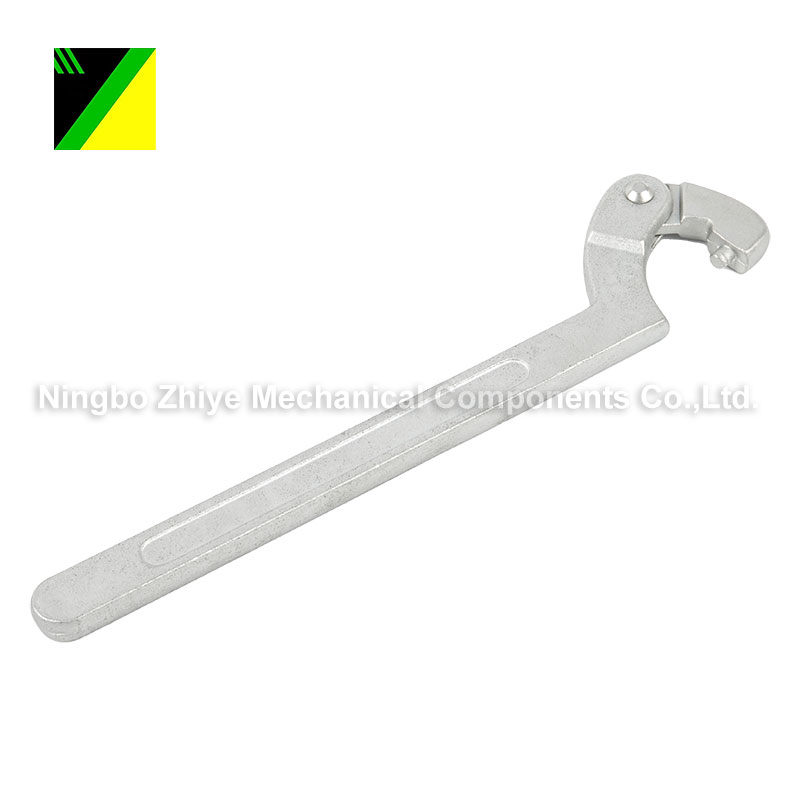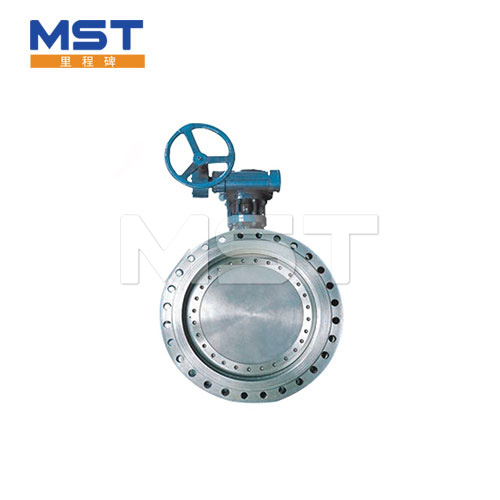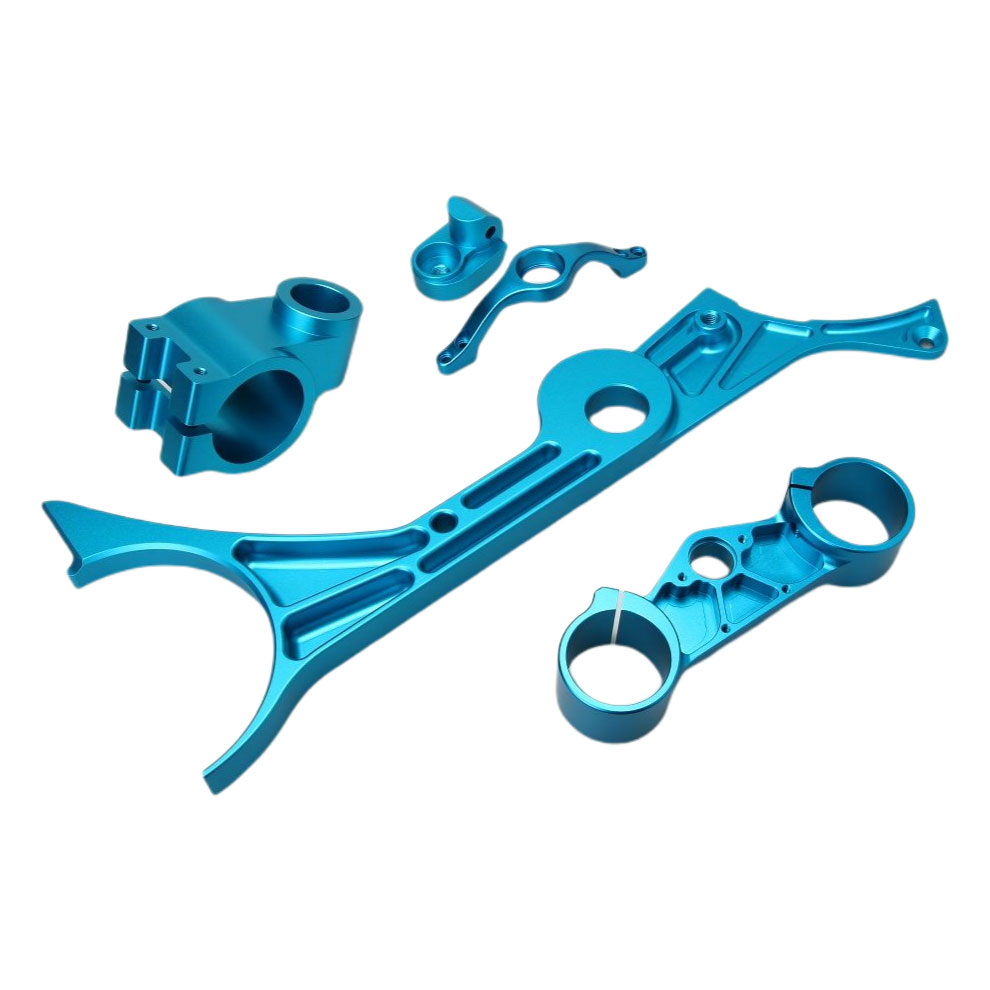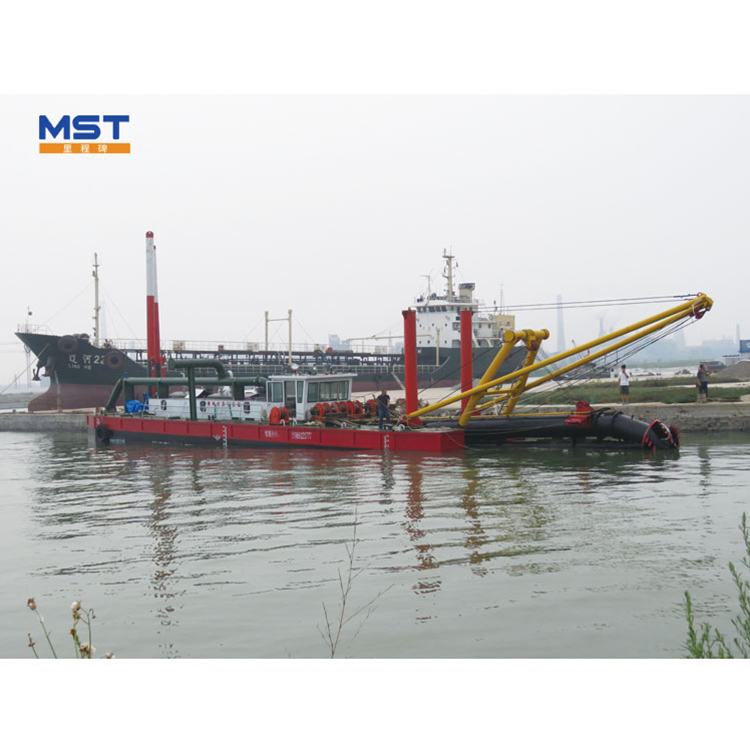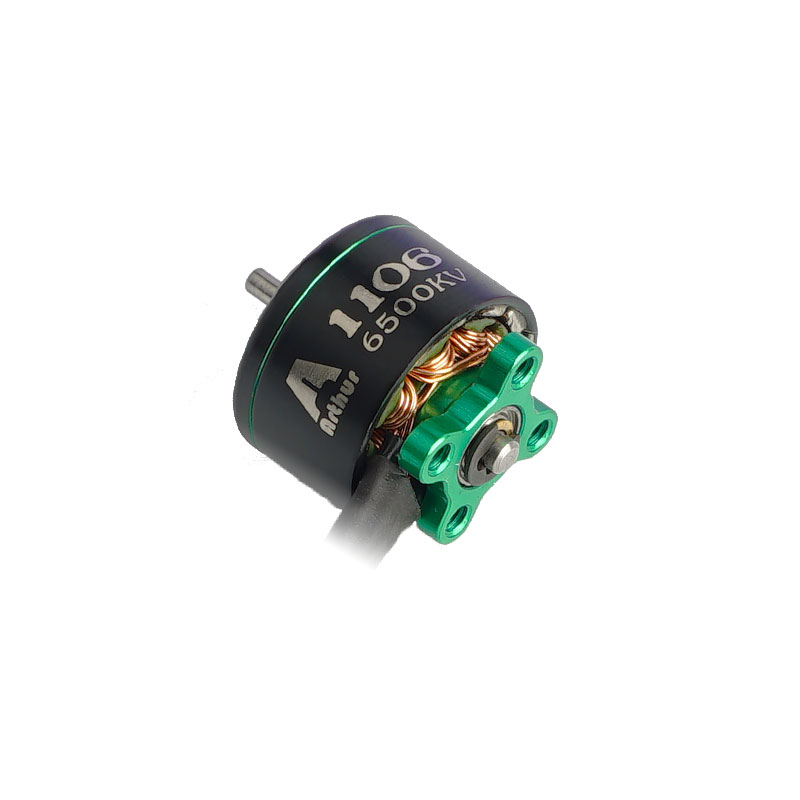Pressure Regulator
A pressure regulator is a device used in various industries to control and maintain a consistent and desired pressure level within a system. It is employed to reduce the pressure of a fluid (liquid or gas) entering the regulator to a lower, controlled pressure at its outlet. Pressure regulators are ......
Send Inquiry
Product Description
A pressure regulator is a device used in various industries to control and maintain a consistent and desired pressure level within a system. It is employed to reduce the pressure of a fluid (liquid or gas) entering the regulator to a lower, controlled pressure at its outlet. Pressure regulators are crucial components in many applications, ranging from industrial processes and gas distribution to plumbing systems and automotive engines.
Key features and functions of pressure regulators include:
1. Pressure Reduction: The primary function of a pressure regulator is to lower the incoming pressure of a fluid to a predetermined and safe level. This controlled pressure is maintained regardless of fluctuations in the upstream (inlet) pressure.
2. Components: Pressure regulators typically consist of a housing or body that encloses a diaphragm, spring mechanism, and valve assembly. The diaphragm and spring work together to adjust the valve opening and maintain the desired outlet pressure.
3. Adjustability: Many pressure regulators are adjustable, allowing users to set the desired outlet pressure by changing the tension of the spring or adjusting the position of the diaphragm.
4. Pressure Sensing: Pressure regulators use various methods to sense the upstream pressure, including diaphragms, pistons, or sensing elements that respond to pressure changes.
5. Diaphragm Operation: A diaphragm inside the pressure regulator is sensitive to changes in pressure. When the upstream pressure exceeds the desired setpoint, the diaphragm moves, causing the valve to close and reduce the flow rate until the pressure stabilizes.
6. Applications: Pressure regulators are used in a wide range of applications, including gas distribution, industrial processes (such as controlling pressure in pneumatic systems), water supply systems, HVAC systems, medical equipment, and automotive fuel systems.
7. Safety: Pressure regulators play a critical role in maintaining the safety and functionality of systems. They prevent pressure-sensitive equipment from being subjected to excessive pressures that could lead to damage or failure.
8. Types: There are various types of pressure regulators, including direct-acting regulators, pilot-operated regulators, and relief valves. Each type has specific advantages and is suited for different applications.
9. Pressure Relief: Some pressure regulators incorporate a relief valve mechanism that opens when the outlet pressure exceeds a certain threshold. This prevents dangerous pressure buildup and protects the system from overpressure conditions.
10. Pressure Control: Pressure regulators help maintain consistent pressure levels, contributing to the stability and efficiency of industrial processes and systems.
11. Materials and Compatibility: Pressure regulators are made from various materials depending on the fluid being regulated. Different types of regulators are designed for use with specific gases or liquids.
Pressure regulators are essential components that ensure the safe and efficient operation of various systems by controlling pressure levels. The selection of the appropriate pressure regulator depends on factors such as the application, type of fluid, desired pressure range, and regulatory standards.
